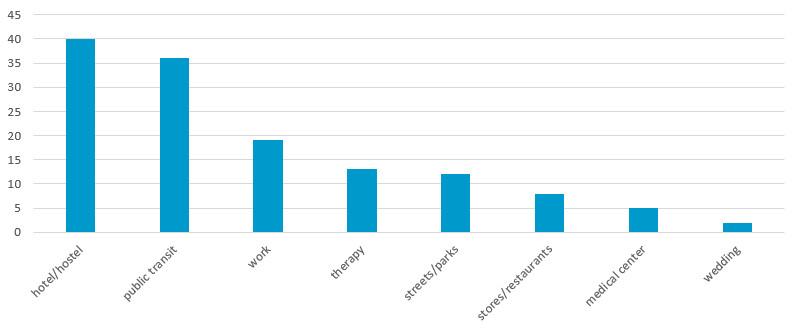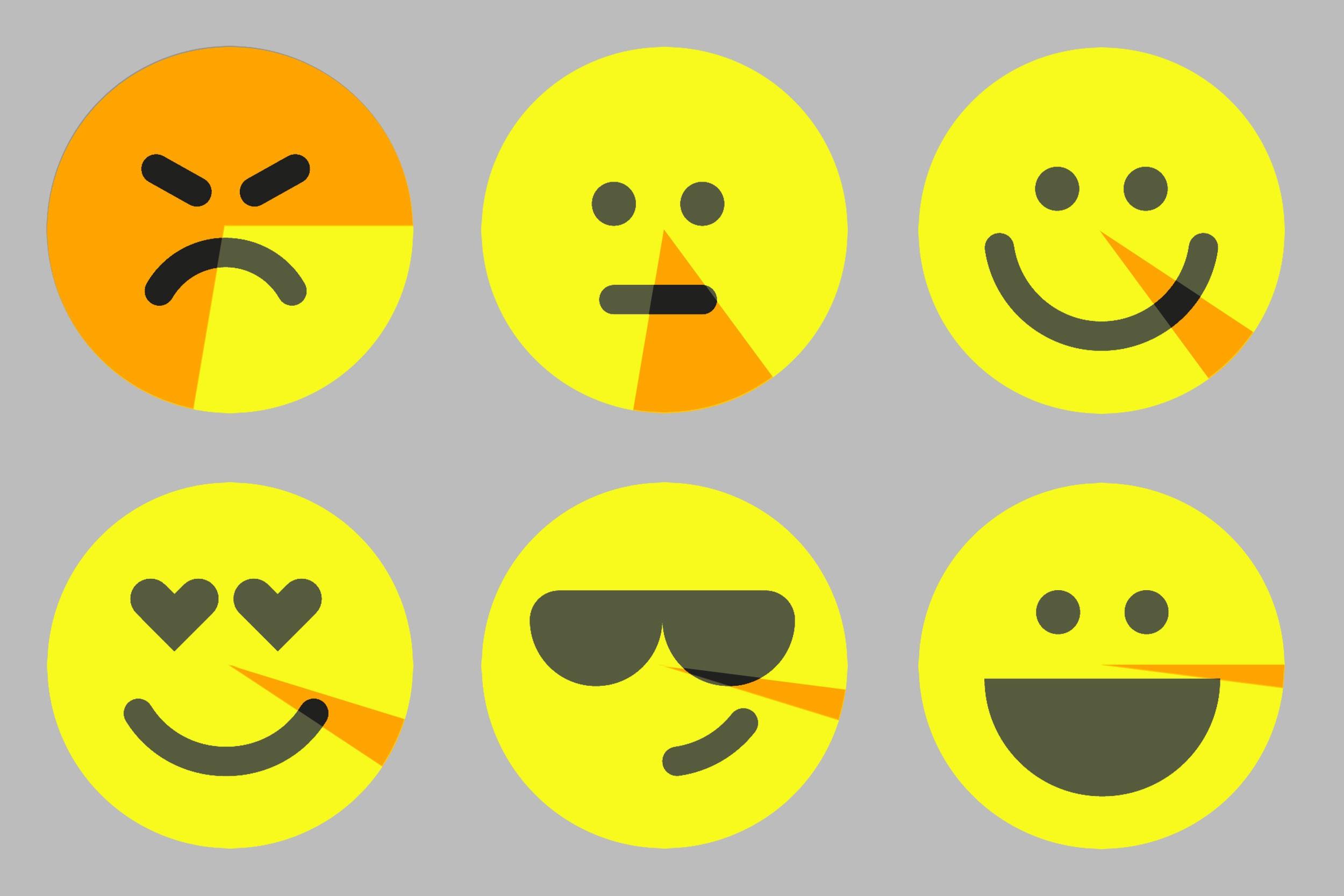One of the most unforgettable scenes in HBO’s Silicon Valley takes place at the end of Season 1, when the Pied Piper gang is holed up in a hotel room in San Francisco, worrying about their chances in the annual TechCrunch Disrupt competition for start-ups. “We’re going to win, even if I have to go into the auditorium and personally jerk off every guy in the audience!” the group’s talentless landlord, Erlich Bachman, declares. The image causes the team’s programmers to fall into a spiral of complicated calculations, all with the goal of determining the most efficient way to actually, you know, jerk off every guy in the audience.
Aside from being one of the most epic dick jokes in the history of television, the scene was also a searing critique of a Silicon Valley culture that often gets caught up in over-quantifying inane life scenarios. This was only reinforced when, a few days after the episode aired, actual Stanford researchers released a paper that offered a full mathematical explanation of the joke.
Running these sorts of complex calculations is just the tip (ha!) of an unsettling literary genre popping up in tech culture: the intense data-fication of relationships, intimate experiences, or emotional trauma. Take, for instance, Robin Weis, a 24-year-old user experience designer who last month published a detailed visualization of every time she cried during the span of 589 days — a project that was upvoted over 3,000 times on Reddit’s /r/dataisbeautiful thread. According to Weis, who previously studied statistics, “lifelogging” — translating her life events into lists, spreadsheets, and visualizations — has always been a helpful way for her to understand herself. From the start of her crying research, she chose to record the most objective possible categories around emotional events, namely the date, time, intensity (on a scale of 1 to 5), situational/emotional context, and location (the most harrowing of which was easily a McDonald’s bathroom). Each time she found herself breaking into tears, she’d immediately open a spreadsheet.

Weis is not alone in her incessant desire to quantify. Three years ago, a fresh divorcée dedicated an entire anonymous Tumblr to quantifying her breakup. Last year, a San Francisco–based business operations developer used probability and statistics to evaluate the truthfulness of a crass stereotype about the dating scene in his city. (The joke being that it’s home to 49ers, or “girls that are 4’s but think they’re 9’s.” It doesn’t take much imagination to know how that went down on the internet). In May, a programmer at Genius published a piece that used 63,000 New York Times wedding announcements to graph out the various demographics of the couples to quantify how the tradition of marriage has evolved.
Designer Nicholas Felton is a shining example of someone who has championed data visualization as an empowering tool. Once a lead designer on Facebook’s controversial Timeline feature, Felton now releases “annual reports” of his life activities, tracking everything from the number of book pages he’s read to the type of food he’s eaten. His efforts — which have led him to design custom tracking tools like the Reporter app and the website Daytum — are a way for him to draw connections in his personal life, but also give a subtle middle finger to The Man, who now deals almost exclusively in data collection.
“All this data represents a piece of your identity that’s being either traded or manipulated, or in some cases used against you,” he told the New York Times in a 2014 profile. “So knowing who has access to this data and what’s being done with it is really important.”
Though some experiments are more playful than others, a common strand of logic runs through most of them. These projects are all trying to find clarity in the oft-murky world of human emotion. As the anonymous divorcee’s “About” section framed it: “Putting this process into numbers, images, and data visualizations … yanked me out of moments of all-consuming sadness at the beginning and now helps me understand that I’m doing OK, [despite how] confused I might feel.”
Similarly, Weis’ collections have more to do with creating distance from something as nebulous as a feeling, and finding a way of more easily understanding why she’s experiencing it.
“Emotion, in general, is this huge, overwhelming, uncertain thing,” she told me. “So when you start to break it down, you can look at it in a glance and understand one message that a graph is trying to say. Then it tends to feel a lot more conquerable.”
Dr. Richard Hagberg, a psychologist who has coached engineers and entrepreneurs in Silicon Valley since 1979, has firsthand experience with this. Though he warns against becoming overly obsessive-compulsive when it comes to gathering data, he’s learned that offering graphs or charts to tech-centric patients is often the only way to get through to them.
“Years ago I coached a chief software architect for a huge company in Silicon Valley,” he told me. “This guy said to me, ‘You know, Rich, when you, the shrink, tell me that I’m insensitive, I could write that off. But when your personality tests actually show me that I lack empathy and that I’m not a very nurturing guy, and they actually predict, using multiple regression, that my colleagues will see me as insensitive, you start getting my attention.’”
In other words, people who are drawn to tech-centric industries tend to be more convinced of their emotional progress (or lack thereof) when they see a graph or chart — as opposed to hearing it from a professional trained in the field of human emotion. So it’s no surprise that the tech-heavy Bay Area region is home to many of the people behind these very revealing, intimate data projects.
After Weis had a few arguments with her therapist, however, she’s recognized the limits of her projects. She admits that relying on data too heavily can sometimes take a person out of a feeling that she’d be better off experiencing.
“It should not be a coping mechanism,” she said. “It shouldn’t be the only resource that you have to understand your feelings. It should just be an additional perspective.”
